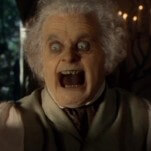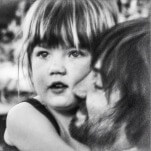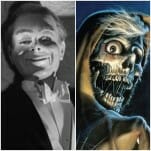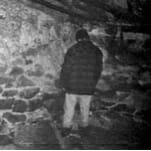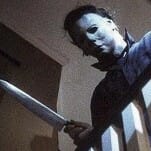The Banishing Can’t Conjure Up the Scares
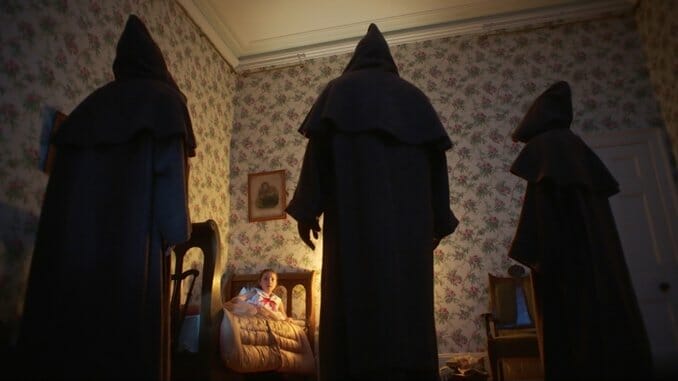
Inspired by what is colloquially known as “the most haunted house in England,” The Banishing is oddly less interested in exploring the recorded paranormal activity within the walls of England’s Borley Rectory than it is crafting a long-winded mythos meant to speak for our uncertain times. As opposed to relishing in the eerie yet widely disputed history of the creepy old house (re-dubbed the Morley Rectory), the film steeps itself in awkwardly placed commentary on fascism and feminism, effectively diminishing any ambiance invoked through the otherwise alluring 1930s set dressing.
On the precipice of World War II, newlyweds Marianne (Jessica Brown Findlay) and vicar Linus Forster (John Heffernan) find themselves moving into the Morey Rectory, a sprawling manor that houses disturbing secrets regarding its previous tenants’ demise. Marianne’s young daughter Adelaide (Anya McKenna-Bruce) is also in tow, quickly making herself at home with some dust-covered antique dolls she finds while rummaging through a dresser. Marianne experiences disturbing visions from the get-go, while skeptic Linus refuses to entertain her claims. When Adelaide appears to vanish out of thin air, Marianne enlists the help of paranormal researcher Harry Reed (Sean Harris), despite warnings from alleged Nazi-sympathizer Bishop Malachi (John Lynch) to avoid Reed at all costs. What ensues is a cliché-riddled tale of ghostly unrest that quickly loses momentum as it languishes in excess exposition.
The Banishing seems entirely uninterested in depicting (or even sensationalizing) the real-life terrors that were purported to occur in the rectory, with writers David Beton, Ray Bogdanovich and Dean Lines opting to portray characters and reconstrue events as they see fit. Unfortunately, this leads to plot points and characterizations that feel incongruous with the setting, evident in one scene in which Marianne is scolded by Malachi for having conceived her daughter out of wedlock and retorts with what can only be described as a feminist clapback. If the writers really wanted to include a juicy sin that challenges Marianne’s piousness, they needn’t have looked further than the confession of real-life Marianne Foyster that she faked much of the poltergeist activity in the house in order to cover up the bumps in the night caused by her extramarital affair.
-

-

-

-

-

-

-

-

-

-

-

-

-

-

-

-

-

-

-

-

-

-

-

-

-

-

-

-

-

-

-

-

-

-

-

-

-

-

-

-

